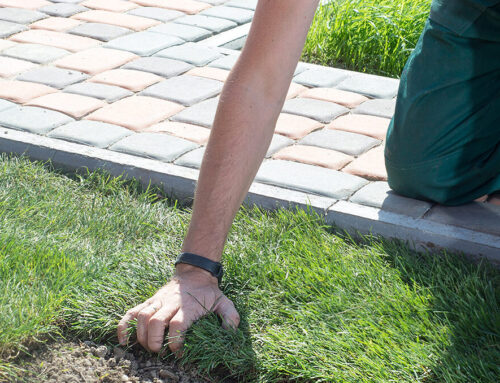Drip Irrigation Basics
Drip Irrigation Systems Basics
There are several different watering methods for homeowners to choose from: spraying from a handheld hose, using a sprinkler (with or without a timer), and a good old-fashioned watering can. But for larger gardens, a drip irrigation system can save time and effort and can water your garden efficiently and thoroughly. It’s a fairly high-tech option, and if you like the sound of that, you may want to look into getting a drip irrigation system.
What Is Drip Irrigation?
Drip irrigation is a watering method that uses a mechanical system that is attached to a water source and can be arranged throughout your garden. It is used to dispense water slowly and evenly and to conserve water.
There are four main types of drip irrigation: soaker hoses, emitter systems, drip tapes, and micro-misting systems. Each system has different features and benefits depending on your landscape’s needs.
Soaker Hoses
Soaker hoses are hoses with holes spaced evenly along their length and they can be placed alongside row crops, hedges, lines of shrubs, lawns, or vegetable gardens. They are flexible and easy to use. These hoses seep water slowly into the soil all along their length and aren’t suitable for use on sloped areas. These hoses can also be left in place all year round, as they’re not damaged by freezing.
Emitter Systems
Emitters are efficient and relatively economical. These systems, which come in several types specific to your water pressure needs, are made of a series of small hoses with evenly-spaced nozzles that slowly drip water into the soil and are excellent for keeping small shrubs or trees watered efficiently throughout your landscape. These systems are useful during long periods of drought in summer – a great option for Colorado’s climate.
Micro-misting Systems
Also known as micro-sprinklers, this is a device you can attach to your irrigation hose system. They’re ideal if you have large trees on your property, and can also be used for flower beds, ground cover areas, hillsides, and slopes. This device disperses water slowly and evenly over root zones – great for certain water-friendly plants. They can also be used to protect buds from an unexpected late frost in spring by gently misting the branches until temperatures rise above freezing.
Benefits of a Drip Irrigation System
If you have a large garden, there’s no question a drip irrigation setup will save you hours of watering time every season, not having to move your sprinkler around or stand/walk while spraying with your hose. Once the system is set up, all you need to do is turn the water on and off. Some can be programmed to your phone using Wi-Fi – allowing you to turn the irrigation off/on from anywhere.
Drip irrigation is also an excellent way to cut down on water waste and save money on your water bills. It gets water to precisely where it is needed, and water is dispersed slowly and evenly, eliminating runoff, and watering your garden evenly and efficiently. Even in a xeriscape, plants can use a drip system to help get established. Check out our Xeriscape blog.
Installing and Maintaining a Drip Irrigation System
Some drip irrigation systems are easier to install than others. There are some considerations before choosing and installing a drip irrigation system, such as the area you’re trying to water, the slope of your lawn, the frequency with which you’ll need to water your plants, costs, and more. Contact Bluebird Design and Landscape to get yours installed.








